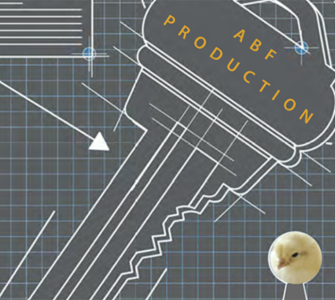What poultry is really raised without antibiotics?
A variety of terms are used to describe poultry raised without antibiotics. Some are USDA approved and verified, but others are not. Here’s a look at what consumers are seeing in their meat cases, according to a recent industry roundtable.
“Never Ever 3” is a USDA-verified and -monitored marketing claim that means “No Antibiotics — Never Ever,” “No Growth Promotants — Never Ever” and “No Animal Byproducts — Never Ever.” Animals that have received any of the “Never Ever 3” prohibited substances must be identified as nonconforming and removed from the program.
Under this program, poultry cannot receive antibiotics in feed, water or by injection from birth to slaughter, including low-level or therapeutic doses, sulfonamides and ionophores. However, ionophores — a type of antibiotic shown to be effective against Eimeria, the parasite that causes coccidiosis — may be administered as anticoccidials.
“Programs requesting approval to use ionophores as anticoccidials must provide a parasite-treatment and -control plan as part of their quality-management system” and must meet the USDA Food Safety and Inspection Service (FSIS) labeling requirements “specific to the use of ionophores as anticoccidials to prevent parasitism,” according to USDA.
Fish byproducts and vitamin and mineral supplementation are permissible.
“No antibiotics added” and “No antibiotics ever” are phrases permitted by USDA’s FSIS and may be used on labels for meat or poultry products if sufficient documentation is provided by the producer to the agency demonstrating that the animals were raised without antibiotics.
“No antibiotics administered” and “Raised without antibiotics” are general claims that imply that no antibiotics were used in the production of a food product and are considered acceptable by USDA, which is accountable for proper use of these claims. However, there is no verification system in place.
“Antibiotic-free” is not a phrase authorized by USDA, which inspects all meat for residues of antibiotics, chemicals and other substances. No meat sold in the US is allowed to have antibiotic residues, so technically, it’s all “antibiotic-free.”
Posted on January 22, 2015

















